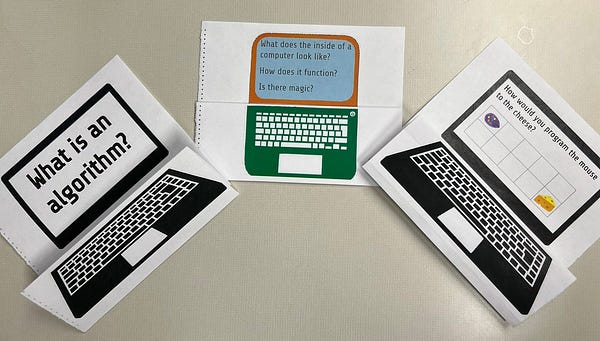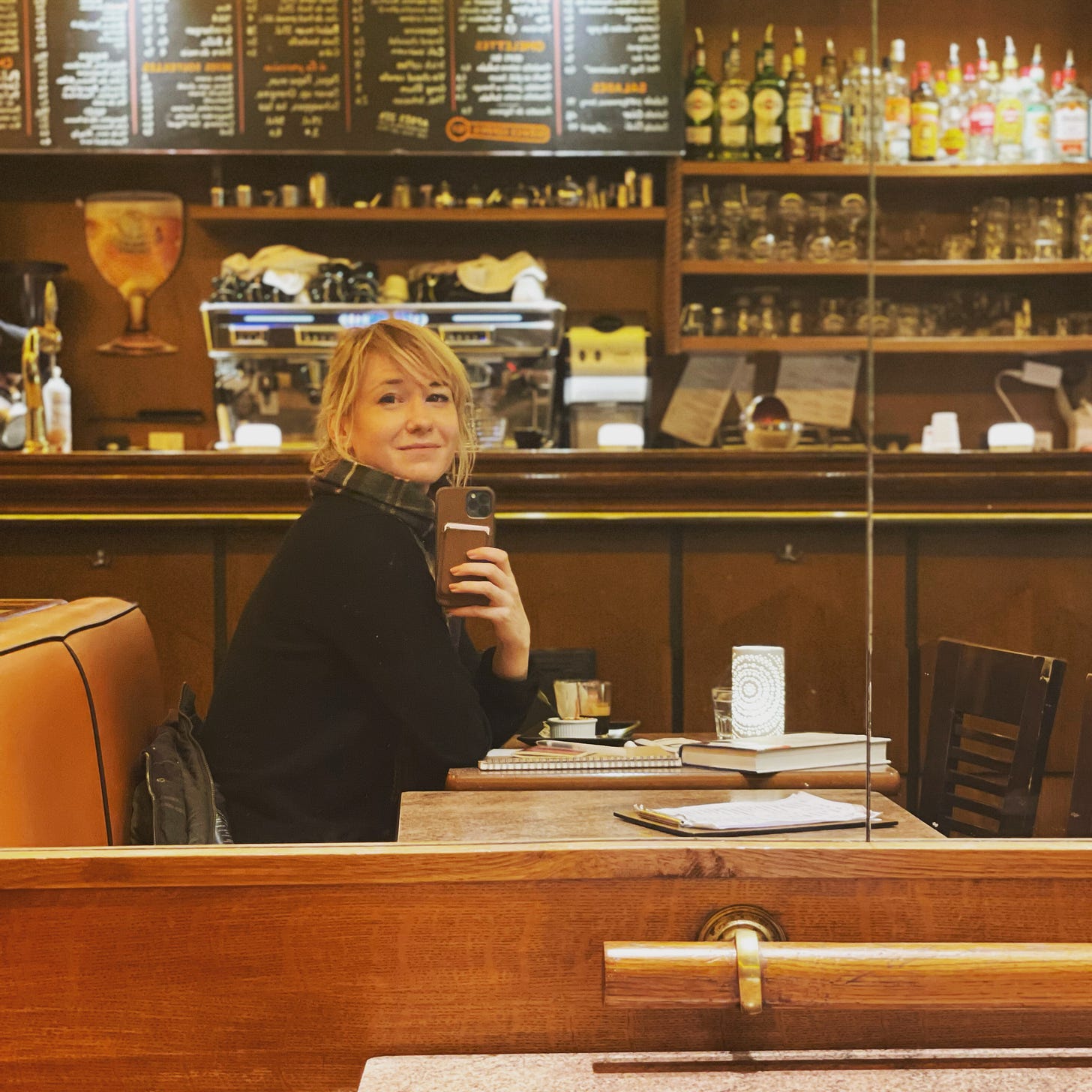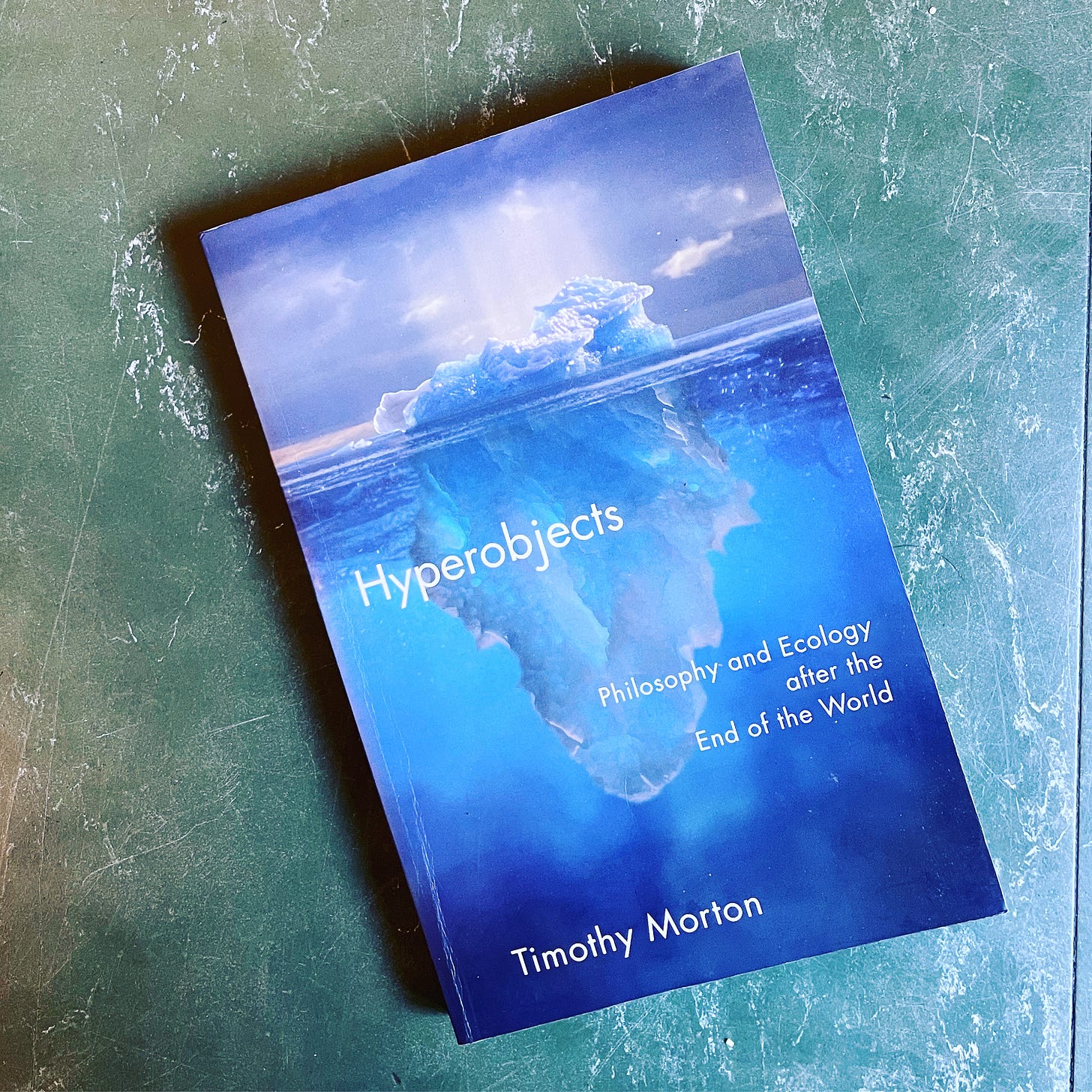No. 30 — AMA 🙋 Mesofacts ⛰️ Hyperobjects
Language too loose/too tight
My name is Linda. I write a bi-weekly newsletter about computer science, childhood and culture - and there are 9600 of you listening. If you enjoy this issue, please share it with anyone you think may find it useful.
Every year on Instagram I’ve done a Q&A session on a long flight/layover (2018/2019, 2020). These Q&As have been a lovely way to reflect and notice how I have changed. I also get tons of “professional” questions about all sorts of things to my e-mail - from writing to illustrating to programming to reading and as nice as answering individually is, there is some benefit to to doing it openly. (At least more knowledgeable people can chime in!)
I was thinking of doing something similar for the next edition of this newsletter, so if you have questions, you can reply below or shoot me an e-mail. I’ll keep questions anonymous and use the first letter of your first name. So, ask me anything!
P.S Last year I wrote 24 ideas for holiday season if there are educators or parents thinking about doing a computer science themed December!
New words can have a way of shrinking the world. Use language too tight, risk alienation. Use language too loose, risk grasping new ideas and concepts. There are, however, two words, I’ve been thinking a lot about recently, both from early 2010s. Good ten years old, they both explain something about how hard it is to design or write about computer science education. So, here for you to think about:
Mesofacts. It’s the idea of truth decay, presented by Samuel Arbesman. “Mesofacts are the facts that change neither too quickly nor too slowly, that lie in this difficult-to-comprehend middle, or meso-, scale. Often, we learn these in school when young and hold onto them, even after they change. For example, if, as a baby boomer, you learned high school chemistry in 1970, and then, as we all are apt to do, did not take care to brush up on your chemistry periodically, you would not realize that there are 12 new elements in the Periodic Table (via Boston Globe).” Computing offers so many mesofacts, everything from pure calculation power to what machine learning can/can’t do.
Hyperobjects. I’ve been slowly reading Timothy Morton’s book on the subject. Morton uses the term to explain objects “so massively distributed in time and space as to transcend localization”. Climate change and styrofoam are given as examples. I have an inkling computer (science) will be one too. Additional plus is that the term was inspired by Björk’s song Hyperballad and the two have corresponded publicly.
Linked List
In computer science, a linked list is a linear collection of data elements whose order is not given by their physical placement in memory. But here it is a selection of things I’ve been reading lately.
Computer Science Week (December 6-10) is almost here and I know a lot of educators are getting ready! One great, free resource I’ve been reading lately is the Big Book of Computing Pedagogy by Hello World and RasberryPi Foundation.
I know I link a lot of Fermat’s Library stuff, but this paper “How to Build an Economic Model in Your Spare Time” by Hal Varian from 1997 is so lovely. It’s the same line of wisdom as Richard Hamming’s You and Your Research. Maybe I have a soft spot for computer scientists/economists giving life advice?
Benoit Leva does the most fascinating stop-motion work. For every commercial Instagram account I follow, I try to find 2-3 artists/museums. Makes for a much calmer experience.
Classroom
I’m hoping to surface and share stories from all of you and I’d love to see your creations! Here are a few teachers using Ruby in creative, fun and inspiring ways:


The pattern drawing activity is one of my favorite one from book one, even though it never was as popular as some other ones. Makes me think of Sol LeWitt.



A wonderful exit ticket questionnaire - I love the foldable design.
Cutest little reader!





Hey Linda, you've been role model for me as I've navigated my career in software. The way you talk about art, education, humanity and software has been a voice to my longings in software. I had a question for your Q&A around who inspires you to pursue what you are doing.
Do you have two or three people who you admire, read, etc?
I want to find others/peers to do similar work to what you are doing but it's been difficult so far. I believe the first step is to find examples of people that speak to me and then hopefully find others with similar passions. You've opened me up to many voices Christopher Alexander, Ellen Ullman, and Logic Magazine so far. I've also found Bret Victor who thinks in similar ways to you. His view on software is refreshing.
I almost changed career paths last year because I didn't believe art, humanity and software could be sought together. Your blog has continued to encourage me to ask the questions of how these could work together. I want to discover how we can use software to bring life into the world. Thank you for sharing so many great resources with us.